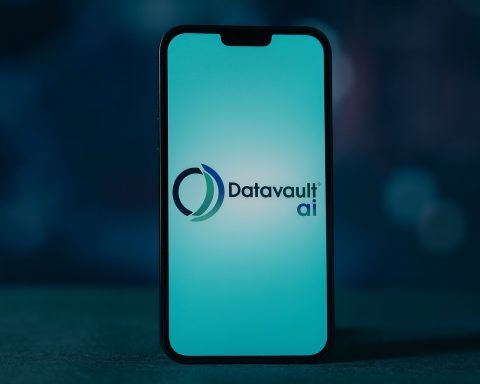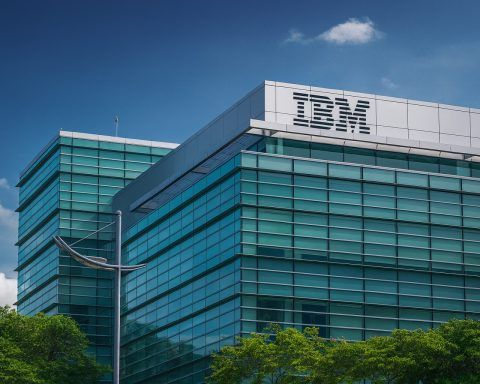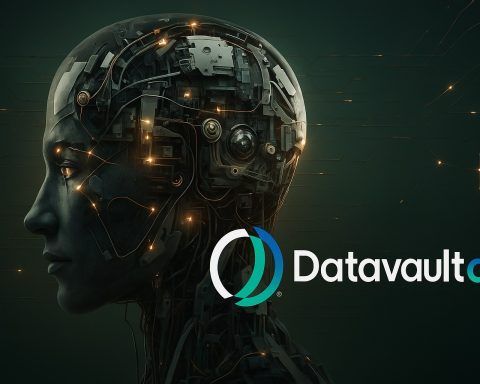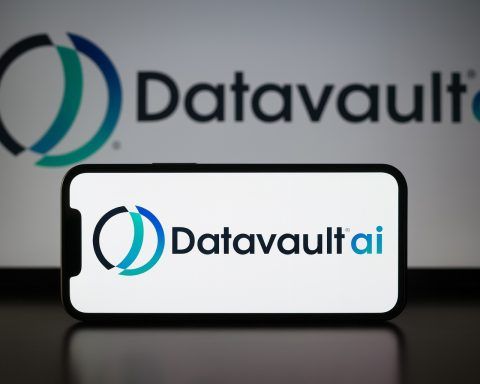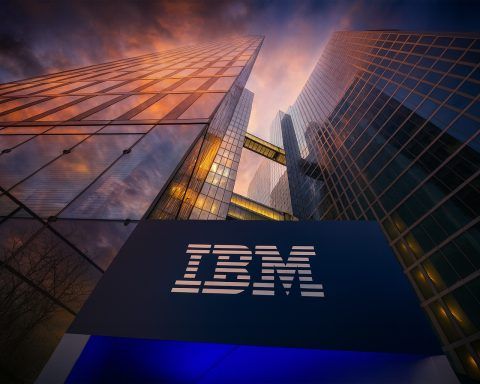
IBM Stock Skyrockets on AI & Quantum News – How High Can It Go?
Stock Surge Fueled by AI, Cloud and Quantum IBM’s stock has roared back to life in 2025. After languishing for years, the shares have climbed from the low $200s in mid-2025 into the high $280s by October ts2.tech ts2.tech. This
